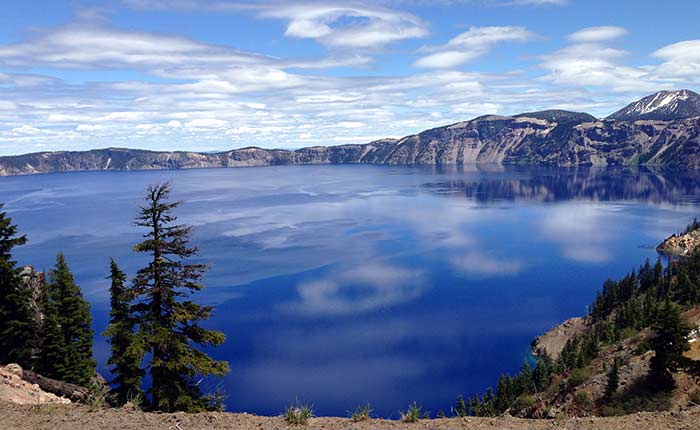The world around us is fractally beautiful. Not only is it filled with the most extraordinary, breathtaking beauty, but that beauty exists no matter what level you set your gaze upon. At any scale, at any magnification, beauty persists.
Look at a flower.
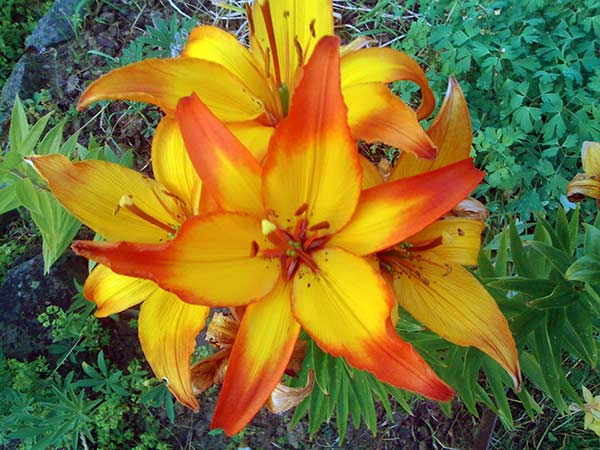
It’s beautiful–the colors, the symmetry, the shape. These things are all pleasing in their own right.
But look closer. Much, much closer. What will you find? An enormous array of tiny cells, in a proliferation of shapes and functions, each working with the ones around it to give the flower its form and color, all of them filled with activity. Inside every cell, an array of bogglingly complex molecular machines, running all the time, consuming energy, producing still more molecular machines, and always, always striving to survive and make more of themselves.
Now look up, from the microscopic to the macroscopic.
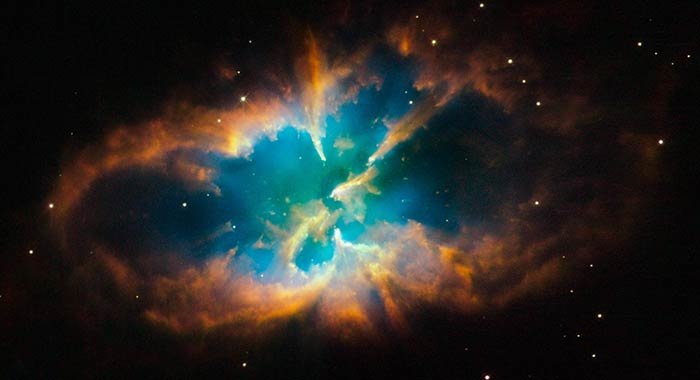
Image: NASA/Hubble Space Telescope team
This is NGC 2818, a magnificent planetary nebula in the southern constellation Pyxis. This and other planetary nebulae are the remnants of violent explosions, the result of a star that has fused all its available hydrogen fuel and is no longer able to support itself against gravity. In the last few seconds of the star’s life, it explodes, leaving behind a glowing ember called a white dwarf and throwing off a shockwave of expanding gas.
These stellar remnants are beautiful, but like that flower, they are fractally beautiful. In fact, they are connected with that flower. Most of the elements necessary for life, all the molecules with an atomic weight greater than iron, are forged in these fiery explosions, when the unimaginable forces of a nova or supernova fuse lighter elements into heavier ones. The atoms in this flower, and in you and me, were birthed in fire and sent out into the universe, to eventually coalesce into this sun, this solar system, this planet, at this place and this time, and became us and kittens and chocolate and motorcycles and ice cream sundaes.
The universe is both incomprehensibly huge and incomprehensibly fine-grained, and it’s beauty all the way down.
Even when we look at the same scale over time, we see beauty. Beauty is enduring. It emerges, over and over again, wherever there is the possibility of change.
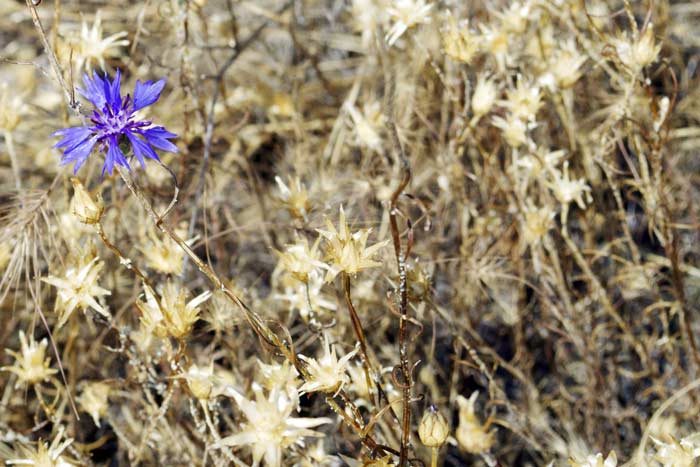
Indeed, there is quite literally more beauty around us than we are capable of seeing. White flowers are richly colored, to eyes that can see in ultraviolet. The sky above our heads is a tapestry whose richness we could not recognize until we built machines to augment our feeble vision.
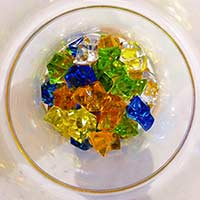 But it isn’t just the grandeur of the natural world. Beauty lurks in every corner. It hides in a tumbler filled with colored glass stones on a restaurant table.
But it isn’t just the grandeur of the natural world. Beauty lurks in every corner. It hides in a tumbler filled with colored glass stones on a restaurant table.
Color is a myth, of course. It’s a perceptual invention, created by the sorting of light of different frequencies into neural impulses by our visual system, with sensors tuned to respond best to different wavelengths of light. It’s a crude approximation of the diversity of photons filling the air around us. These photons chart extraordinarily complex paths through the tumbler, reflecting and refracting, sometimes being absorbed or scattered, and we glance at this intricate mathematical dance of physics for a moment and then look away.
The complexity and beauty of the physical world is both breathtaking and ordinary. Breathtaking because it exists on scales we can scarcely begin to understand; ordinary because it surrounds us all the time, beauty so abundant we forget it’s even there.
Every moment of our lives is spent in a world so beautiful, so incredibly filled with marvels, that we are blessed with abundance beyond measure. I can not help but feel that, should we become more mindful of it, the dull and ugly parts of the world will lift, just a bit. And perhaps, just perhaps, we will be that much less inclined to manufacture more of that dullness and ugliness.
We are here for only a brief time. Let us never forget how beautiful it is to be so privileged to exist in this place.
